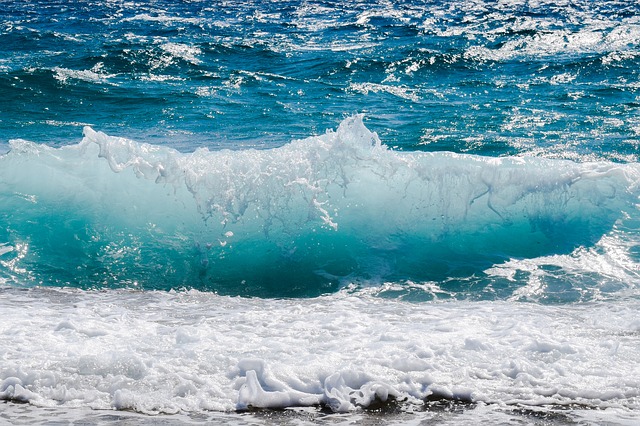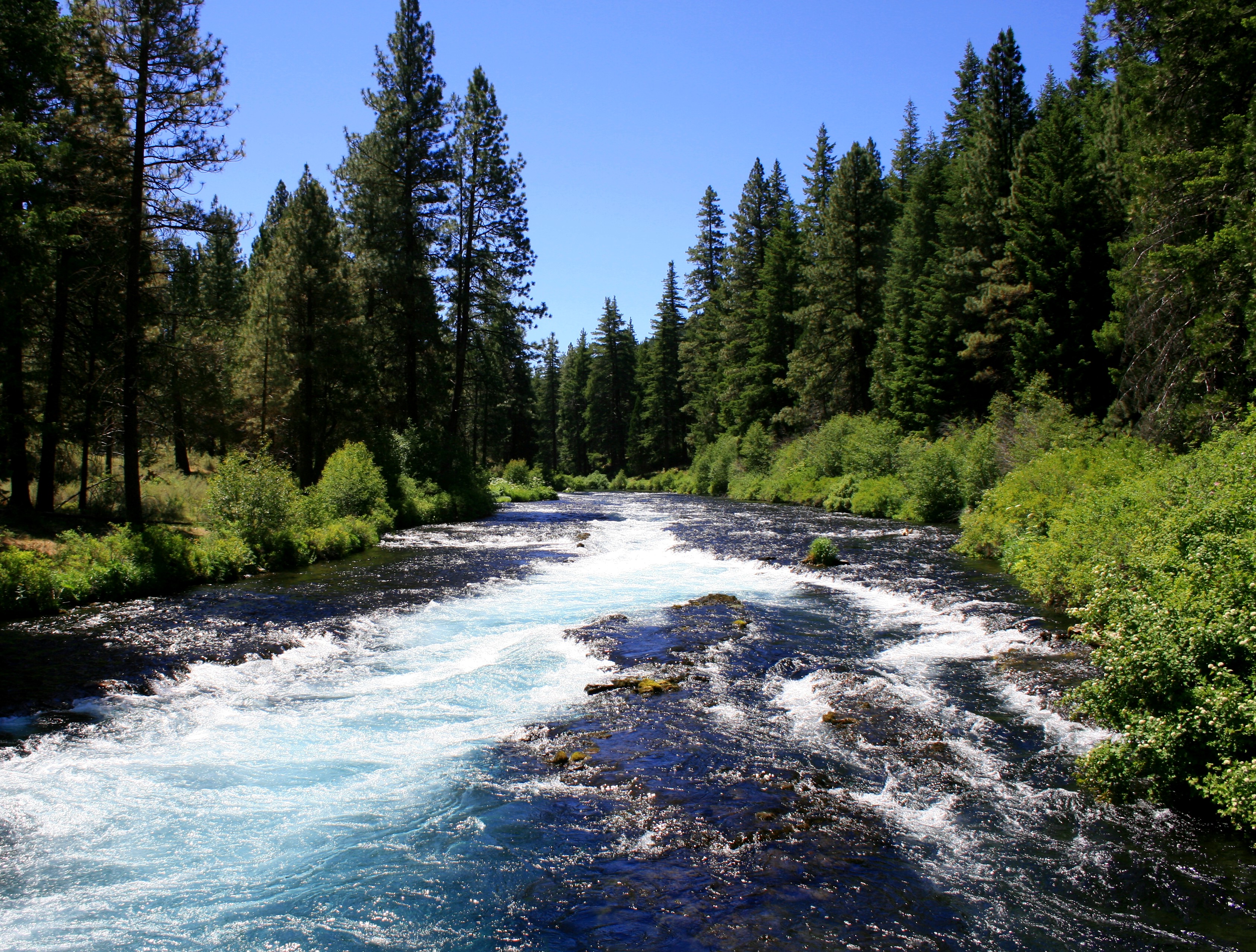Difference Between Sea and River
Seas and rivers are highly valuable as they substantially influence the survival of flora and fauna. They both sustain organisms which are very dependent on water. Regarding human existence, the first civilizations had been shaped by the presence of such basic resources. These bodies of water have also been key factors in the progress of trade and geographic exploration.
What is a Sea?
A sea is a large body of water which is smaller than an ocean. Its salty water may be partly or completely enclosed by land. Aside from functioning as the interconnected system of oceans, seas are also essential in moderating climate as well as cycles of water, nitrogen, and carbon. Particularly, large masses of water evaporate from seas to form clouds which bring much needed rain in various areas. Furthermore, dissolved carbon and nitrogen particles in surface waters get turned into other highly useful compounds.
The following enumeration outlines the widely accepted theory on how seas and oceans were formed billions of years ago:
- Water vapor escaped from the earth’s molten rocks.
- The surface of the earth began to cool down.
- Rain started to fall and it continued for hundreds of years.
- Large hollows in the earth’s crust contained equally large bodies of water.
- With the force of gravity, the primeval great waters did not leave the planet.
There are seven seas in the world:
- Mediterranean Sea
- Caspian Sea
- Adriatic Sea
- Red Sea
- Black Sea
- Persian Gulf
- Indian Ocean
What is a River?
A river is a naturally flowing body of water which runs across lands and comes from higher areas. This fresh water leads to a sea, lake, or another river. The following enumeration outlines how rivers are generally formed:
- Water from melting ice or rain runs down a slope.
- The running water follows cracks in land.
- Different small streams meet.
- The uniting streams become larger and larger until the flow develops into a river.
- As the flow reaches lower ground, it widens and follows a route towards a bigger body of water such as a sea.
There are about 165 major rivers in the world and the following are the 15 largest ones:
- Nile River (White Nile: originates in Rwanda and flows through Burundi, DR Congo, Uganda, and South Sudan; Blue Nile: originates in Ethiopia and flows through Eritrea and Sudan; the White and Blue Nile meet up in Sudan and flow through Egypt)
- Amazon River (Originates in Peru and flows through Ecuador, Guyana, Bolivia, Venezuela, Columbia, and Brazil)
- Yangtze River (China)
- Mississippi-Missouri River System (North America)
- Yenisei River (Originates in Mongolia and flows through Siberia)
- Yellow River (China)
- OB River (Russia)
- Parana River (South America)
- Congo River (Africa)
- Amur River (between Russia and China)
- Lena River (Russia)
- Mekong River (Southeast Asia)
- Mackenzie River System (Northwestern Canada)
- Niger River (West Africa)
- Murray River (Australia)
Difference between Sea and River
Size of Sea and River
A sea is a much bigger body of water whereas a river is a thin and long body of water.
Salinity in Sea vs. River
There is higher salinity in sea water as it contains the minerals carried by rivers. On the other hand, rivers have fresh water.
Direction of Sea and River
Rivers generally lead to the sea while the latter is an interconnection system of oceans.
Sea and River Floods
A river may overflow its bank and cause flood while seas do not generally flood due to massive evaporation.
Source of of Sea and River
Water in a river comes from a higher area while that which flows into the sea may come from the same level.
Cause of Movement
Waters in rivers flow due to gravity and the difference in area levels. On the other hand, the waves in seas is caused by the drag and friction of air which moves on the water surface.
Time formation
It took billions of years to form our seas while rivers may be formed in a lesser number of years.
Leisure
Maritime leisure activities often include larger vessels such as cruising and yachting. On the other hand, those done in the river involve smaller ones such as canoeing and white-water rafting.
Water movement in of Sea and River
Waves in the sea move slower as compared to the running water in a river.
Number
There are seven seas while there are 165 major rivers in the world.
Sea vs River: Comparison Chart

Summary of Sea and River
- Seas and rivers are bodies of water that are essential in sustaining civilizations.
- A sea is smaller than an ocean which may be partly or fully enclosed by land.
- A river is a naturally flowing body of water which comes from higher areas such as mountains.
- Seas are much bigger than rivers which are longer and narrower.
- Seas have salt water while rivers have fresh water.
- Rivers end up in seas.
- Seas were formed billions of years ago while some rivers may be formed in a matter of years.
- Seas can contain huge vessels such as ships and submarines while rivers can only contain smaller ones such as canoes and rafts.
- Seas have waves which move slower as compared to the running water of rivers.
- There are seven seas while there are about 165 major rivers in the world.
- Difference Between Hematoma and Melanoma - February 9, 2023
- Difference Between Bruising and Necrosis - February 8, 2023
- Difference Between Brain Hematoma and Brain Hemorrhage - February 8, 2023
Search DifferenceBetween.net :
Leave a Response
References :
[0]Image credit: https://pixabay.com/en/wave-smashing-foam-spray-sea-2211925/
[1]Image credit: https://commons.wikimedia.org/wiki/File:Metolius_River_near_Wizard_Falls.jpg#/media/File:Metolius_River_near_Wizard_Falls.jpg
[2]Ostopowich, Melanie. Oceans, Lakes, and Rivers. Calgary: Weigl Pub, 2005. Print.
[3]Owen, David. Where the Water Goes. New York: Riverhead Books, 2017. Print.
[4]Zeedyk, Bill. Let the Water Do the Work. Vermont: Chelsea Green Publishing, 2014. Print.



